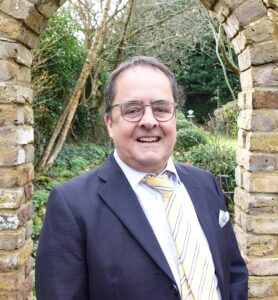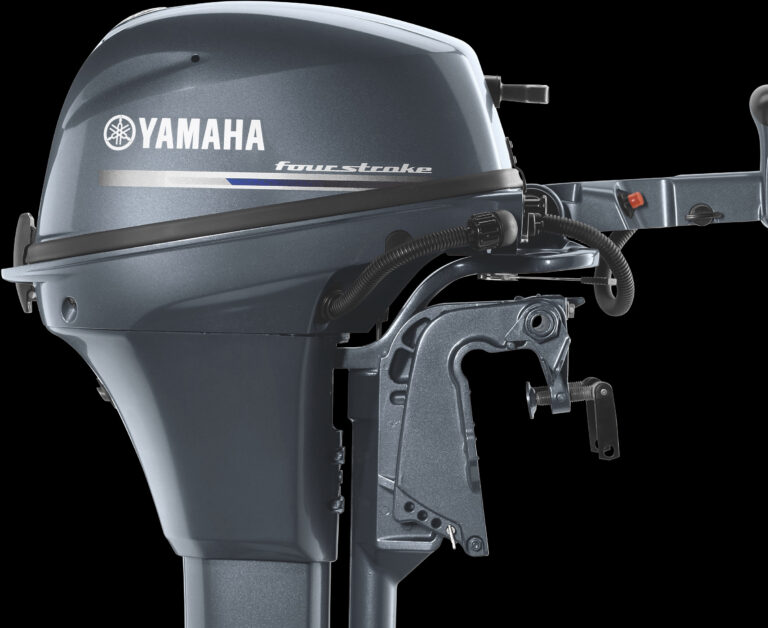Ben Speciale, president of Yamaha’s U.S. Marine Business Unit, says the company hopes to conclude its acquisition of electric propulsion manufacturer Torqeedo before the end of March. “Electrics for Yamaha as a company is huge,” Speciale told Soundings Trade Only. “We have developed electric outboard-style boats. We have our product Harmo, which is very advanced. We fully integrated it with all of our Helm Master controls and all of that stuff. We feel like bringing Torqeedo into our portfolio will help us accelerate at a faster rate.”
With regulators still looking at the deal’s details, Speciale couldn’t reveal much more, other than to say the two companies have been in talks “for some time.” Overall, he says, the acquisition of Torqeedo fits into Yamaha’s CASE strategy, which focuses on connected, autonomous, shared/service and electrification.
Speciale points to research that the International Council of Marine Industry Associations announced at Metstrade in November, looking at ways for the industry to achieve decarbonization in boats smaller than 79 feet. The report’s overall conclusion was that there’s no silver-bullet technology or product to get the industry where it wants to be. Instead, the industry will need a multifaceted approach.

At Yamaha, that approach includes not just electric propulsion, but also alternative and hydrogen fuels. At this year’s Miami International Boat Show, Yamaha plans to display its prototype hydrogen outboard, following up on its display of a hydrogen-powered golf cart at the recent Professional Golfers’ Association Show. The outboard that will be in Miami won’t be on a boat, Speciale says, “but we want to show everyone what we’re doing. We can put it in a lab and start it up and run it, but we’re working now on getting it into a marine environment. We plan to have it running at the events next year.”
Also key in Yamaha’s plans to achieve carbon neutrality by 2050, Speciale says, is making the manufacture of engines a more energy-efficient process. “A lot of our challenges in this area isn’t so much the emissions of the engines in use. It’s the construction of the product,” he says. “From a facilities point of view, we’re doing things similarly to other companies, which is thinking about how you reduce your consumption of energy. We may put in different air systems or different equipment that uses less energy. The second thing is to verify the energy sources. If Power Company A uses coal, and Power Company B uses hydro, well, hydro is less energy use than coal. So you look upstream at those suppliers.”
Yamaha is also working with renewable plastics for packaging of its products, a way of thinking that the company has in common with Torqeedo, Speciale says. “What I like about this Torqeedo group is they do a neat thing where they give you a cup that says it saves a thousand plastic bottles, because it’s a reusable cup,” he says. “Start reusing the things that you have. It’s not so much about getting to zero as it is about taking steps to reduce your carbon footprint.”
Going forward with electric propulsion, he says, nobody really knows how the technology will look in 10 or 20 years. “I don’t believe combustion engines will go away,” he says, adding that electric provides unique opportunities.
“This is very similar to what we saw when we saw the carburetor 2-strokes transition,” he says. “The question was which way it was going to go, so you play in all of those areas of solutions. That’s what we’re doing here, too.”
This article was originally published in the March 2024 issue.













